Projects
RetiNAM

Endocrine disruptors (EDs) are substances that can interfere with the functioning of the hormonal system. This can ultimately lead to adverse effects that impact individual organisms, their offspring, or even populations. The identification of EDs is, therefore, a crucial component of chemical regulations. The RetiNAM project, funded by the German Federal Environment Agency, focuses on the interaction of potential endocrine active chemicals with the retinoid system, for which suitable detection methods, particularly in environmental contexts, are still largely lacking. Using fish embryos as a model system, the project examines whether biomarkers for binding to retinoid receptors can be developed and applied for regulatory evaluation.
Duration: 07/24 - 08/27
PI: Dr. Stefan Scholz, Dr. Wibke Busch, Prof. Dr. Tamara Tal
PANDORA

PANDORA - Parkinsonian Neurodegeneration Rapid Assessment using NAMs
In this EFSA tender, the goal is to apply a test battery of New Approach Methods to evaluate 100 pesticides for their potential to induce Parkinson's disease in humans. The test methods comprise cell-based assays testing for neurodegeneration and mitchondrial function as well as behavioral assays with zebrafish. For one selected chemical, an IATA case study will be developed.
The project is lead by the UFZ, with collaborators from Hochschule Albstadt-Sigmaringen, Germany, and the University of Milano, Italy.
DiMEP
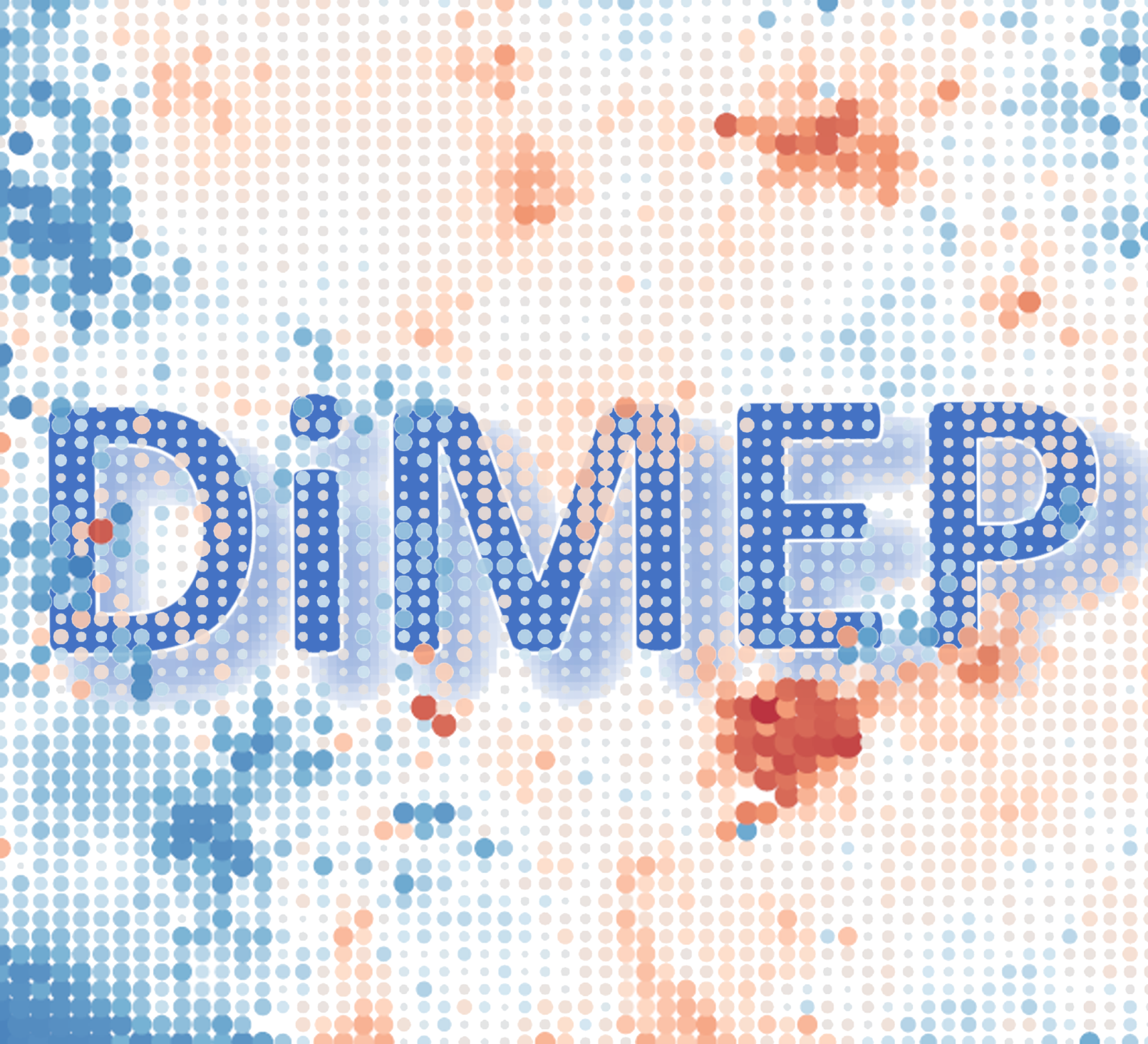
DiMEP aims to identify digital patterns for detecting and predicting chemically induced endocrine disruption in fish. To achieve this, toxicogenomic and morphological data will be used to expand the Fish Early Life Stage Test (FELS). This test is intended to replace the Fish Short Term Reproduction Assay (FSTRA), which uses adult fish, thereby contributing to the reduction of animal testing.
Duration: 04/24 - 03/27
PI: Dr. Wibke Busch
FaPlaN-Projekt

Investigation of ecotoxicological effects of fibre- and platelet-shaped advanced materials for the identification of adapted testing strategies. The project FaPlaN is financed by the German Federal Ministry for the Environment, Nature Conversation, Nuclear Safety and Consumer Protection, and commissioned by the German Environment Agency (UBA)
Duration: 09/23 - 08/26
PI: Dr. Dana Kühnel
PuMa2.0

PuMa - Pesticide Protected Area Management - With the PuMa app, we are developing an open source platform with which pesticide concentrations and their potential effects in the environment can be simulated and visualized on a map. Various exposure and effect models are to be integrated via plug-in interfaces and enable a comparison of the model results.
Duration 03/24 - 02/27
SAM
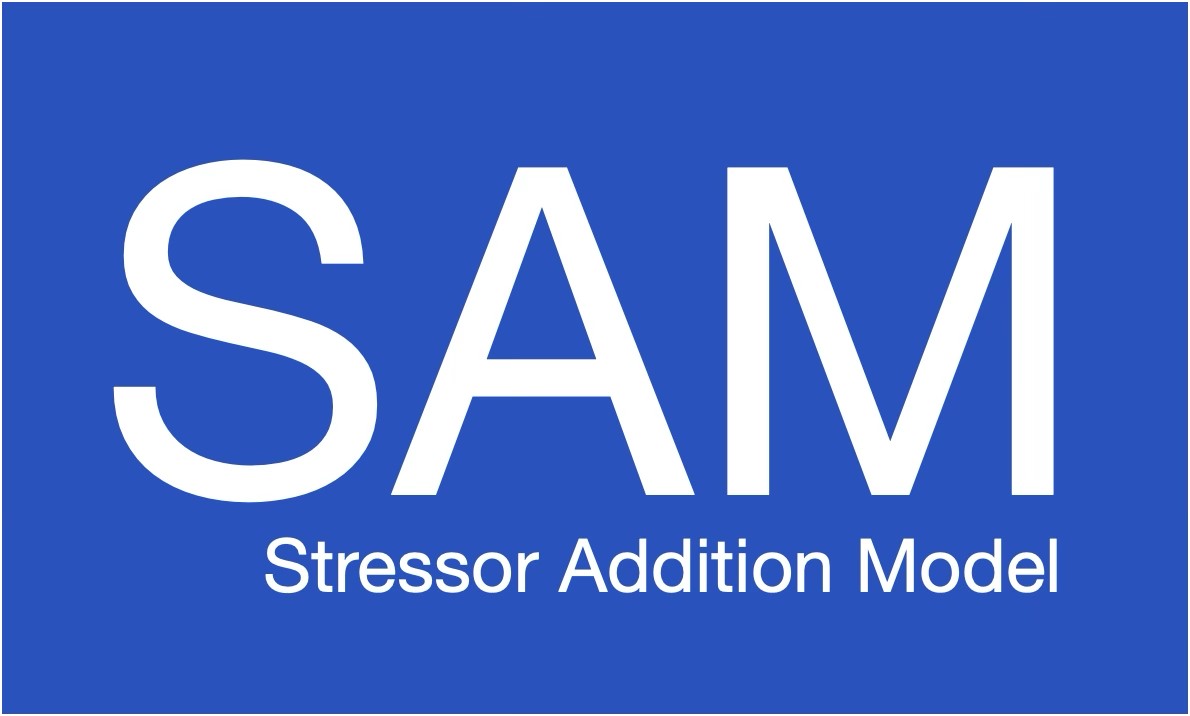
The Stress Addition Model (SAM)
At the ecosystem level, numerous stressors affect organisms. Their combined effects are often synergistic, strongly exceeding the sum of their individual effects. Effective management of these stressors requires precise prediction of their combined impacts. The Stress Addition Model (SAM) provides a method to achieve this.
Pharm-ERA
.png)
Pharm-ERA: Improving monitoring and environmental risk assessment of pharmaceuticals, antimicrobial resistance and pathogens from terrestrial to aquatic environments
Pharmaceutical micro-pollutants together with microbial pollution, antimicrobial resistance and pathogens pose sever risks to biodiversity and ecosystem health. Aim of this EU-ITN-doctorial network of 10 PhD projects is to develop monitoring and ERA strategies for antibiotics and their transformation products to protect microbial diversity and functions in a terrestrial - aquatic continuum under climate warming scenarios to better protect human and animal welfare in the one health perspective.
Duration: 02/24 - 01/28
MANTRA

With MANTRA - data on innovative materials for sustainability and transfer - the BMBF is funding a scientific communication project for 3.5 years from January 2024 for networking, public relations and the development of indicators for sustainability as well as industry/practice transfer. These topics will be communicated via a website, brochures and information flyers using an interdisciplinary approach. In addition to the UFZ, the project consortium consists of the partners DECHEMA (coordination), KIT, TU Berlin and the subcontractor NanoCASE.
Duration 01/24 - 06/27
PI: Dr. Dana Kühnel
ENDOMIX

ENDOMIX – Understanding how endocrine disruptors and chemical mixtures of concern target the immune system to trigger or perpetuate disease
The ENDOMIX project addresses the urgent need to understand the impact of endocrine disrupting chemicals (EDCs) on human health in order to inform regulators and advise citizens. ENDOMIX will tackle this challenge by revealing associations and causality between EDCs and adverse health outcomes by focusing on exposure to multiple EDCs during life course including windows of susceptibility and making use of already existing robust data from multiple European cohorts. Modelling how real-life EDC mixtures target the immune system to initiate, trigger or perpetuate diseases combined with high throughput bioassays will reveal health-relevant mixtures of concern whose impact will be studied using ground-breaking methodology while delivering valuable information on mechanistic pathways and transgenerational impact of exposure to EDCs. In ETOX, we are establishing a new high content imaging assay to quantify intestinal inflammation and enteric nervous system development using transgenic zebrafish and high content imaging.
Duration: 01/2024 – 12/27
Co-PI: Prof. Dr. Tamara Tal
Key collaborator: Dr. Jo Nyffeler
PARC

The Partnership for the Assessment of Risks from Chemicals (PARC) project aims to develop next-generation chemical risk assessment to better protect human health and the environment. It supports the European Union's Chemicals Strategy for Sustainability and the European Green Deal's “Zero pollution” ambition with new data, knowledge, methods and tools, expertise and networks. The UFZ department ETOX contributes by developing and applying alternative test systems for the assessment of neurotoxicity and ecotoxicity, and by developing and implementing mixture risk assessment strategies for the protection of environmental health and biodiversity in.
Duration: 05/2022 – 04/29
PI: Prof. Dr. Tamara Tal, Porf. Dr. Matthias Liess, Dr. Wibke Busch, Dr. Stefan Scholz
PresicionTox
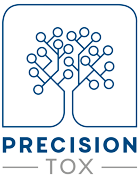
The EU-funded project PrecisionTox aims at replacing animal tests conducted for human risk assessment of chemicals. The project focuses on human cell lines and a diverse suite of biomedical model organisms, i.e. fruit flies, water fleas, round worms and embryos of zebrafish and frogs. The approach is guided by the fact that toxicity pathways that are relevant for humans are also shared by these model organism. Hence, these 3Rs compliant, cost-effective testing models can be used to predict health risks to humans. The UFZ Departments EAC, CELLTOX and ETOX contributes to PrecisionTox by effects assessments using cellular and zebrafish embryo models and internal concentration assessments.
Duration: 04/2020 - 03/2026
PI: Dr. Stefan Scholz, Prof. Dr. Tamara Tal, Dr. Wibke Busch
ZF AOP

The aim of the BMBF-funded project is to reduce and replace animal testing for the assessment of human developmental toxicity, which is currently an essential component of chemical regulations. Using the zebrafish embryo as an alternative model, the project establishes the basis for predicting developmental toxicity based on the Adverse Outcome Pathway (AOP) concept. The alternative fish embryo model is particularly suitable for replacing current animal tests as it represents the complex differentiation processes of a developing vertebrate. This was – in collaboration with the BASF company - successfully demonstrated in the first funding phase of the ZF-AOP project, focusing on anti-angiogenesis and craniofacial malformations as important key events in developmental toxicity. In the extended project, the feasibility of the concept will be demonstrated by analyzing additional AOPs related to retinoic acid metabolism as a key event and by including functional analyses.
Duration: 04/2020 - 03/2026
PI: Dr. Stefan Scholz, Prof. Dr. Tamara Tal, Dr. Wibke Busch
Neuro-Xeno-Microbiome
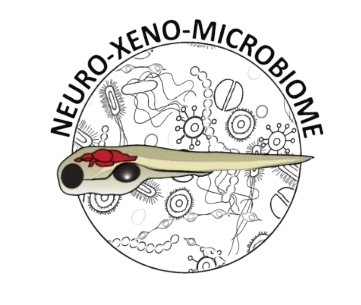
The goal of this Helmholtz Association funded project is to determine whether environmental chemicals exert changes in neurobehavior via perturbation of signaling networks regulated by intestinal microbes. Axenic, conventionally colonized, and conventionalized zebrafish, paired with automated behavior, sequencing, and non-target analysis are used to understand how microbiome-sensitive signaling pathways interact with xenobiotic agents.
Duration: 06/21 - 05/26
PlasticsFatE
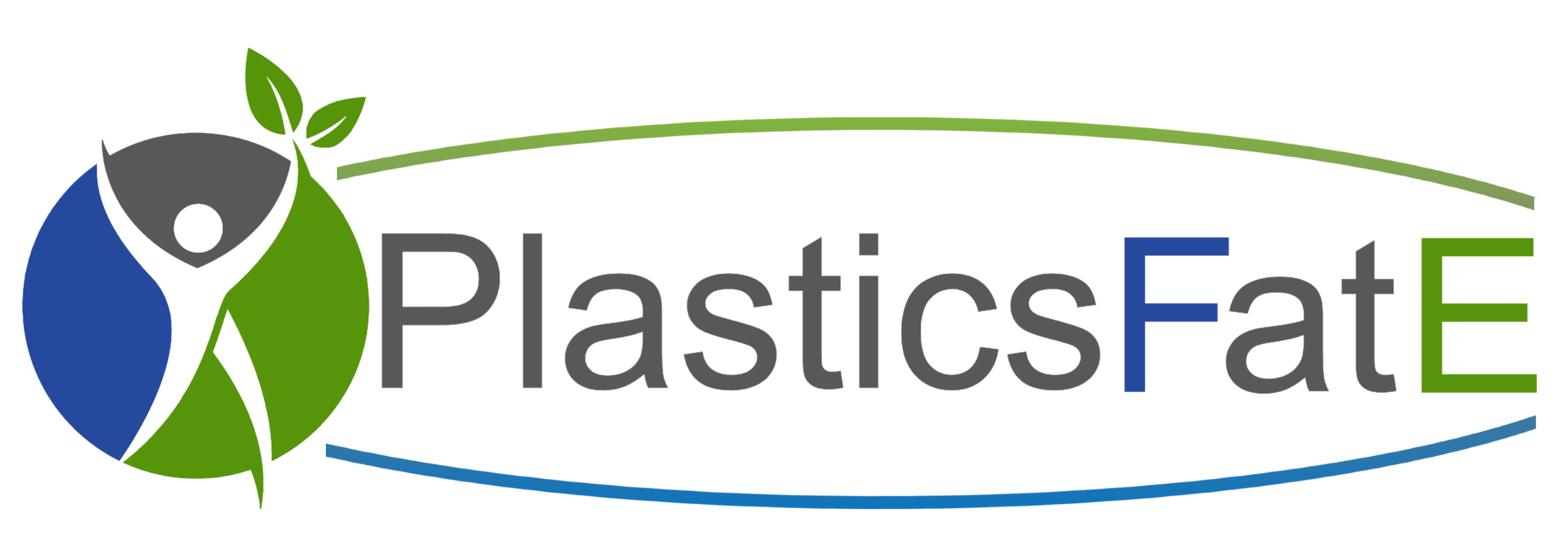
PlasticsFatE - Plastics Fate and Effects in the human body aims at improving our present understanding of the impact of micro- and nano-plastics (MP/NP) and associated additives/adsorbed contaminants (A/C) in the human body. To do so, reliable and validated methods will be developed that are able to generate the science-based data we need. PlasticsFatE is a 48-month project funded by the Horizon 2020 Research and Innovation programme of the European Union.
Duration 01/21 - 3/25
PI: Dr. Dana Kühnel
